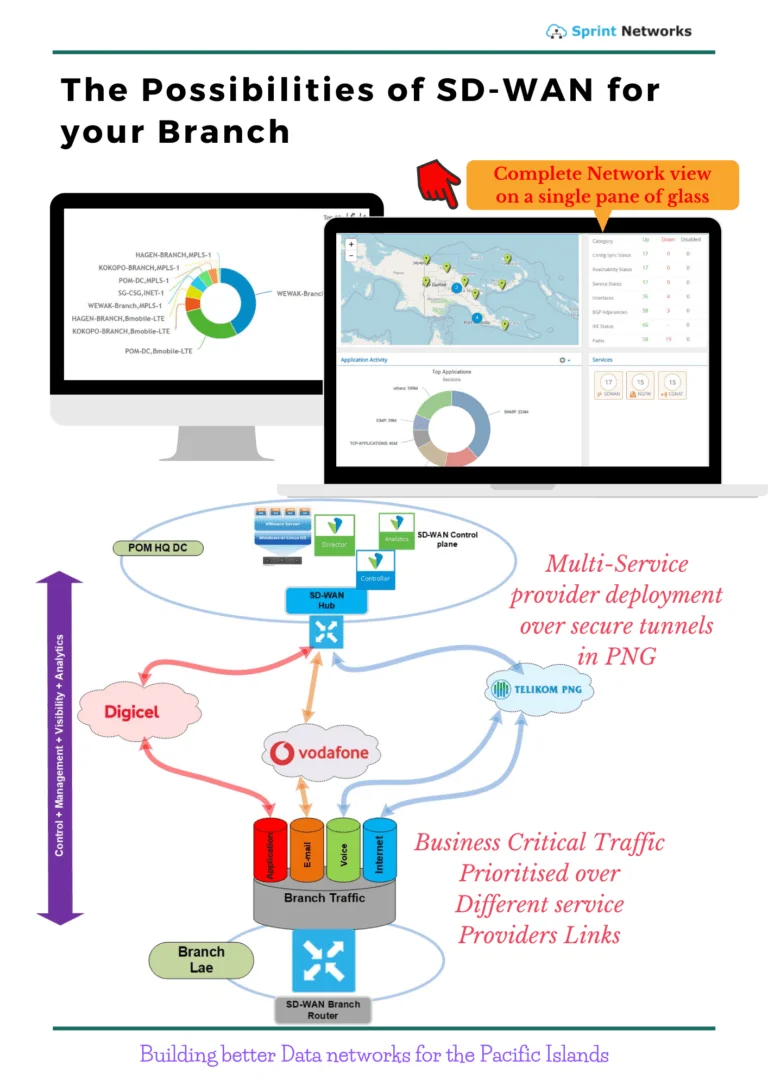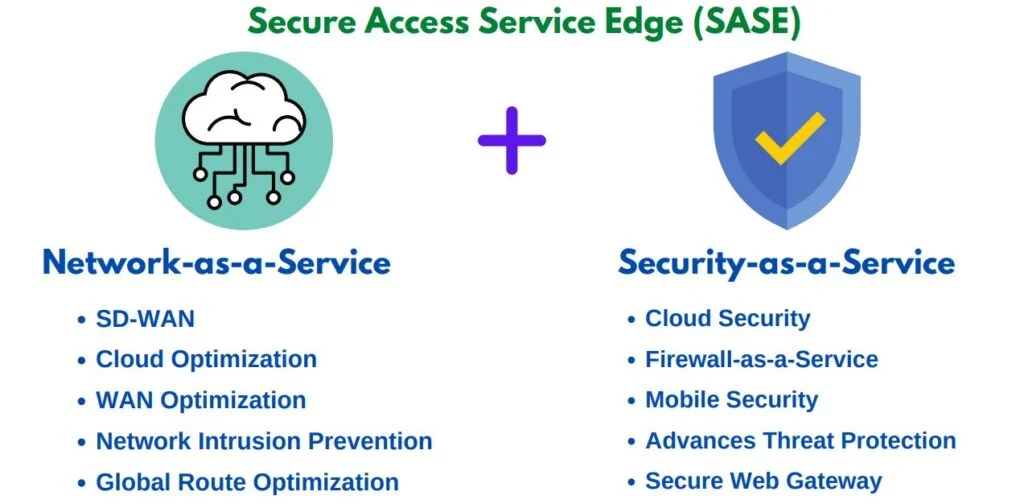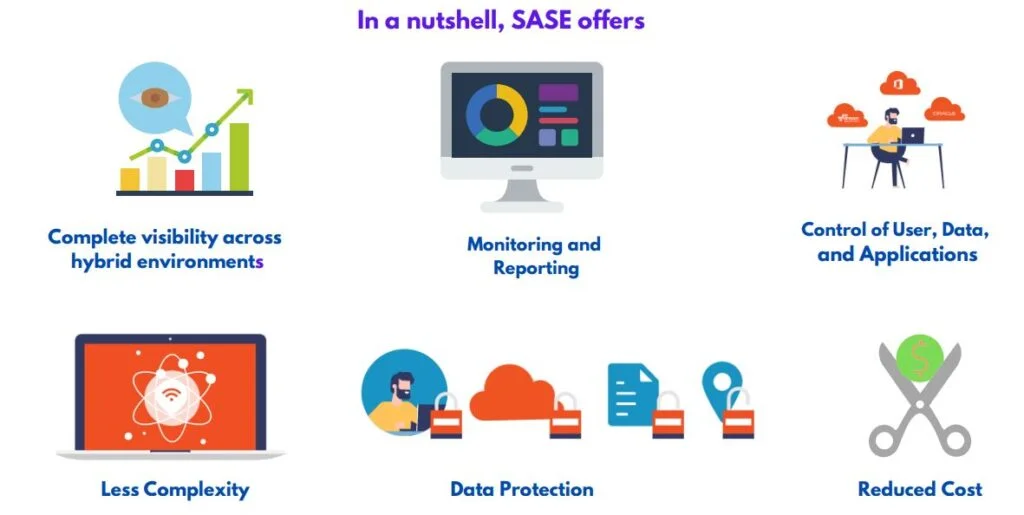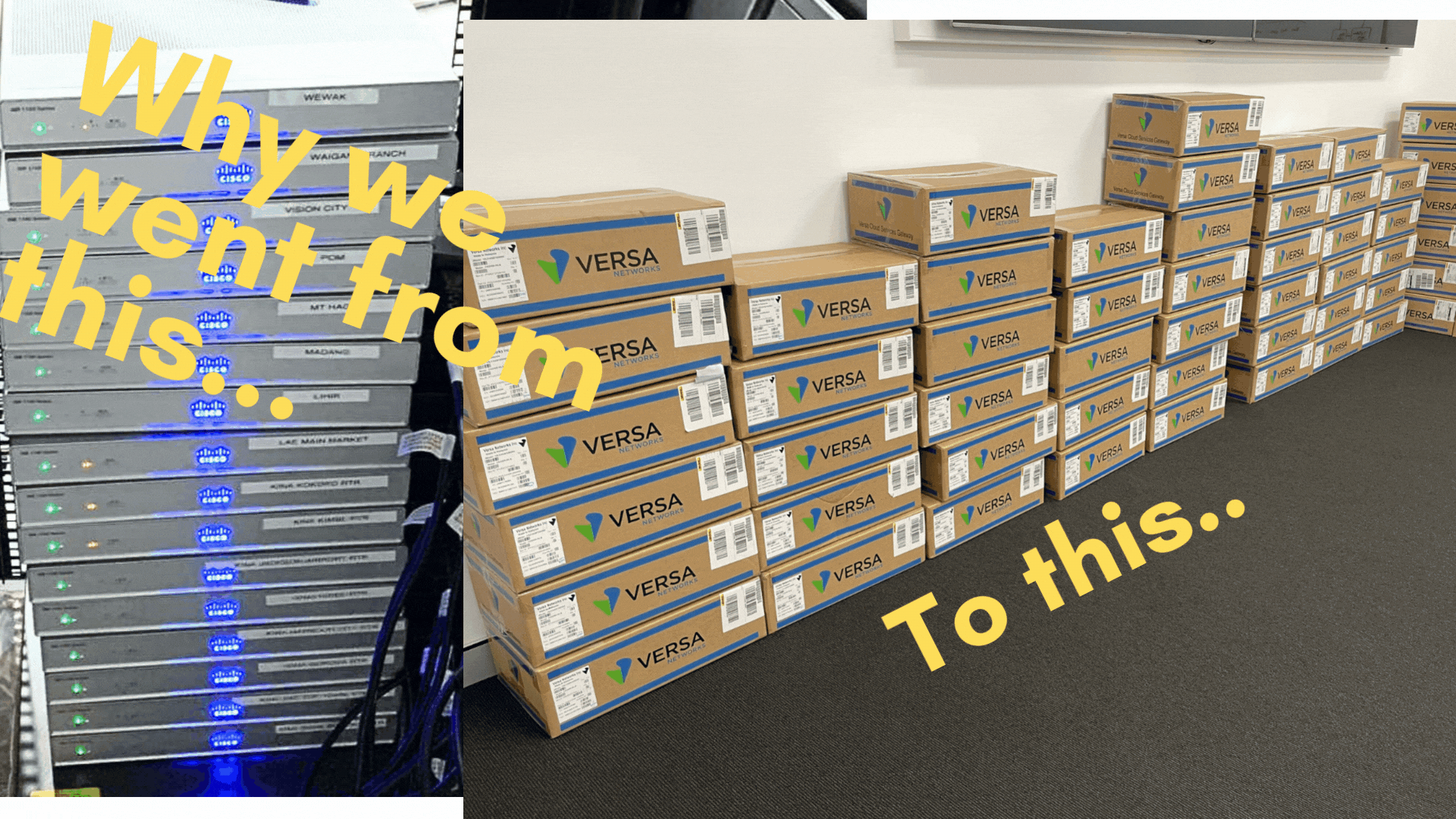
Charting the Course for Advanced Connectivity: Sprint Networks’ Pledge to the Pacific Islands
By Sprint Networks Cisco Meraki, Cisco Viptela, Fiji, ForcePoint, ForcePoint, Fortinet, Network Security, Pacific, PNG, SASE, SD-WAN, Solomon Islands, Versa Networks No CommentsCharting the Course for Advanced Connectivity: Sprint Networks' Pledge to the Pacific Islands
At Sprint Networks, our journey is deeply rooted in the unique landscape of the Pacific Islands. More than a Managed Service Provider, we are pioneers committed to reshaping the technology scene in this dynamic region. Our engagement extends beyond mere service delivery to a deeper understanding and innovative solutioning for the distinctive needs of these diverse communities.
Understanding the Pacific Challenge
Connectivity in the Pacific Islands is not just a utility but a crucial lifeline. Scattered across vast oceanic expanses, these islands face unique geographical and infrastructural challenges. Traditional SD-WAN solutions, often developed in far-removed Silicon Valley labs, have failed to live up to the promises made to these island nations. This gap has prompted us at Sprint Networks to seek and provide solutions that truly resonate with the Pacific’s distinct requirements.
Why Big-Name SD-WAN Vendors Fall Short
Many renowned SD-WAN providers like Cisco, Fortinet, ForcePoint and Meraki have propagated solutions that unfortunately do not align with the on-ground realities of the Pacific Islands. Their one-size-fits-all approach overlooks critical aspects like erratic WAN links, high latency, and extreme environmental conditions of remote and rural networks.
These vendor shortcomings and Issues range from spontaneous reboots of appliances during critical business hours to inadequate load-sharing capabilities across multiple WAN links. Furthermore, these vendors often levy additional charges for essential features like network visibility, which should be standard in any robust SD-WAN solution. Another critical point of concern is the high CPU usage in some of these appliances, compromising efficiency and reliability.
The expiration of a vendor’s cryptographic certificates caused widespread outages and chaos, as rebooting the equipment exacerbated the issue across customer networks. Another notable limitation is the dependency on internet connectivity for the management and operation of their SD-WAN solutions, leaving organizations vulnerable in areas where internet access is unstable or non-existent.
Sprint Networks: A Tailored Approach
We, at Sprint Networks, have taken a different route. We believe in a vendor-agnostic approach, focusing on real-world solutions rather than brand dominance. Our extensive research into the Pacific Islands’ networking challenges since 2014 has led us to identify and collaborate with providers who genuinely address these issues. Currently, Versa Networks’ SD-WAN offerings shine as a beacon of hope, yet we remain agile and open to evolving our partnerships as technology and needs change.
Versa Networks: A Commitment to the Pacific
In contrast, Versa Networks stands out for its suitability in the Pacific context. Versa’s SD-WAN solutions are designed to excel in areas crucial to Pacific Island businesses: robust security, adaptability, sophisticated analytics, and genuine multi-tenancy. Crucially, Versa’s technology remains operational even in the absence of internet connectivity, ensuring uninterrupted service in the Pacific’s often unpredictable networking environment.
Key Features of a Robust SD-WAN Solution
A truly effective SD-WAN solution for the Pacific Islands should encompass:
Granular Traffic Steering: Managing bandwidth is critical, especially in regions with limited connectivity. Versa Networks’ SD-WAN provides precise control over traffic, ensuring efficient use of available bandwidth.
TCP Optimization: Minimizing high latency and packet loss is paramount. Versa’s technology optimizes data transmission, crucial for the satellite and cellular links prevalent in the Pacific.
Advanced Security and Deep Packet Inspection: In a region facing unique security challenges, Versa’s integrated security framework ensures data integrity and protection against emerging threats.
Quality of Service and Adaptive Shaping: Prioritizing essential applications and services for optimal business functionality is key. Versa’s SD-WAN ensures that critical applications receive the bandwidth they require, even in congested networks.
Real-Time Analytics: Offering insights for informed decision-making. Versa’s analytics provide a comprehensive view of network performance, enabling businesses in the Pacific to make strategic decisions.
Packet Replication and Forward Error Correction: Ensuring reliable connectivity in challenging network conditions is vital. Versa’s SD-WAN includes these features as standard, not as costly add-ons.
Operational Resilience without Internet: Versa’s capability to operate independently of internet connectivity is essential for the Pacific’s varied and sometimes isolated environments.
Sprint Networks: Integrity and Forward-Thinking
Sprint Networks is dedicated to providing solutions that genuinely meet the needs of the Pacific Islands. Since 2014, our focus has been on researching and implementing SD-WAN solutions that are not just effective but are truly aligned with the unique challenges of the region. We stand committed to offering solutions that are reliable, efficient, and tailored to the specific needs of our clients. Our approach is not about selling a product; it’s about forming lasting partnerships and supporting the growth and success of businesses in these unique communities.
Empowering the Pacific Islands: Our Path Forward
In conclusion, Sprint Networks is committed to transforming connectivity in the Pacific Islands. Our approach is grounded in a deep understanding of the region’s challenges and a steadfast commitment to providing the best and most suitable SD-WAN solutions. We are not confined to a single vendor; our mission is to collaborate with the best, be it Versa Networks today or another innovator tomorrow. Join us in this journey of transformation and empowerment, as we strive to deliver resilient, adaptable, and future-ready connectivity solutions for the Pacific Islands.



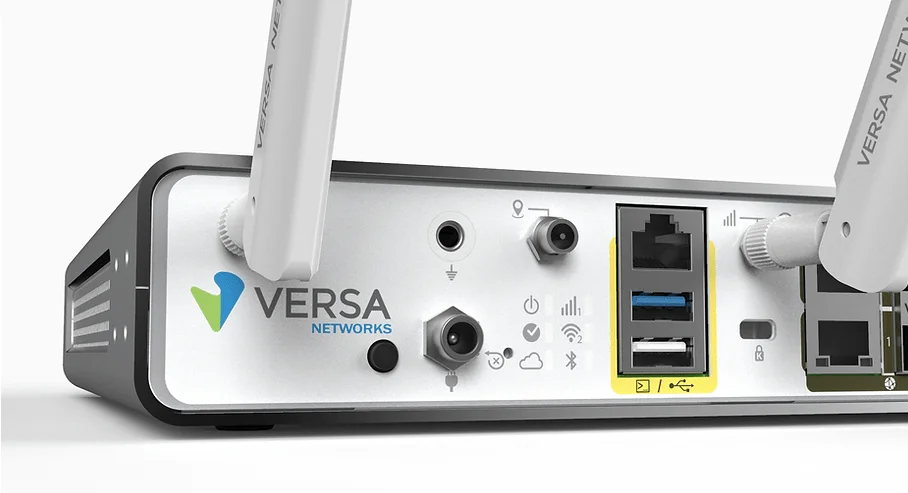



 One way to improve data connectivity for businesses in the Pacific Islands is to invest in alternative WAN technologies such as VSAT. VSAT can provide a much higher level of bandwidth and reliability than MPLS, and is often more cost-effective as well. Another option is to use SD-WAN (
One way to improve data connectivity for businesses in the Pacific Islands is to invest in alternative WAN technologies such as VSAT. VSAT can provide a much higher level of bandwidth and reliability than MPLS, and is often more cost-effective as well. Another option is to use SD-WAN (